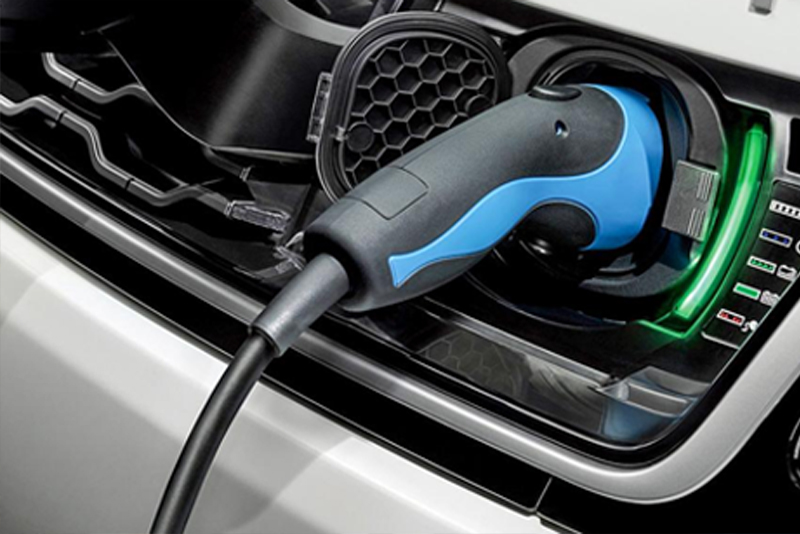Future electronic connectors are faster, smaller, smarter and more environmentally friendly
Release time:2020-08-28 Number of visits:943
When the Internet of things and industry 4.0 become the new market engine, the component manufacturers such as te have a long way to go. In James' view, the core of these market hotspots is simply the word "connection", the connection between cars, the connection between household appliances, and the connection between security facilities, including in industrial applications, the connection between equipment. It's just that the requirements for connectors are getting higher and higher.
In the future, the requirements of connectors are nothing more than faster, smaller, more intelligent and more environmentally friendly. For example, the automotive industry needs to ensure the reliability and high quality of connectors in a harsh environment. For the consumer electronics industry, lightweight is the most important thing, followed by reliability. However, the reliability of the two is not the same level. To a certain extent, the speed of the innovation of consumer electronic products determines two other special requirements: cost control and R & D cycle shortening.
In addition to the technical iteration, the regional distribution of connectors also varies with the change of market share. Over the years, the global connector production capacity has begun to transfer to Asia, especially to China. Some analysts believe that Asia has become the place with the most development potential in the connector market, and China is expected to become the fastest growing and largest market for connectors in the world.
In the past, most connector suppliers made more use of China's low production costs. Now they are thinking more about how to serve this emerging market. The answer given by te is to transform the original mode of "made in China" into "made in China".














